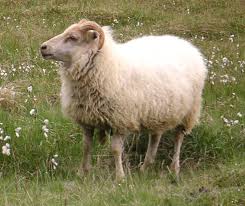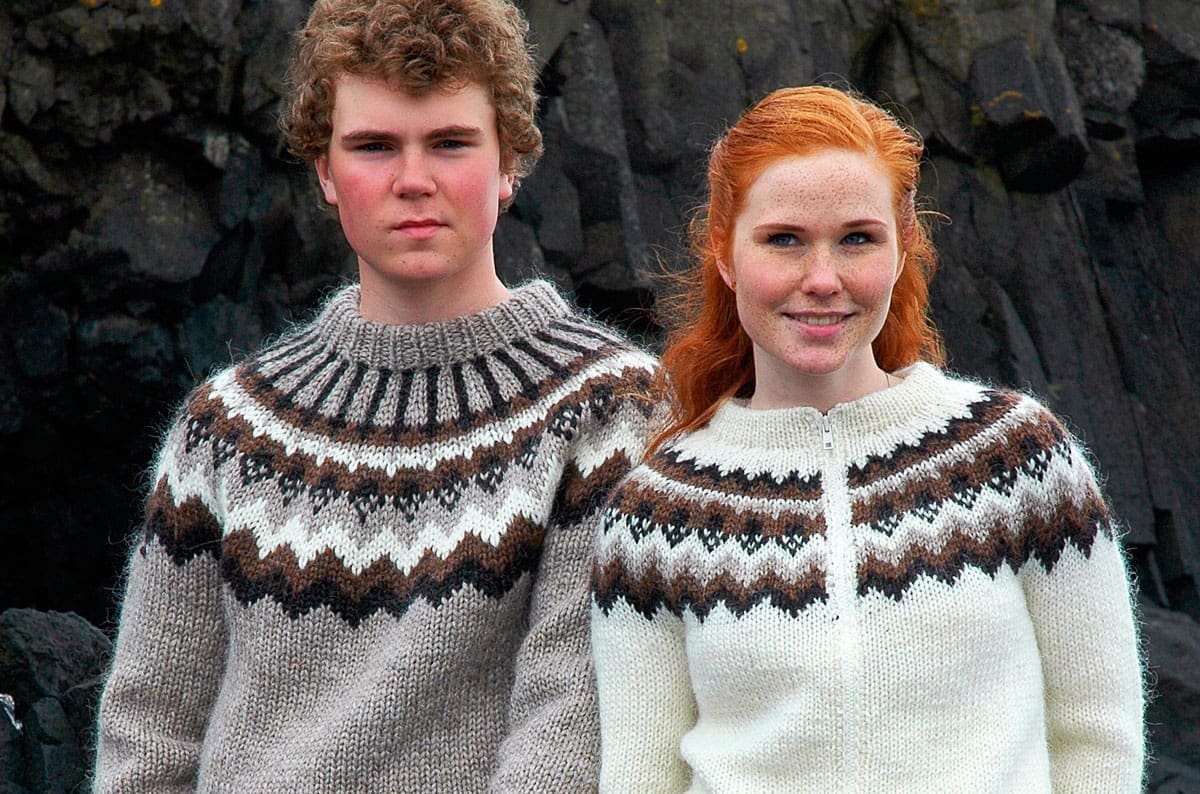Iceland is a Nordic island country in the North Atlantic region, with its capital as Reykjavík. It is a volcanically and geologically active, Nordic refers to islands in the north. Iceland lay between North America and Europe with its population 364,134 and with area of 103,000 km2 (40,000 sq mi). Iceland is a land of vivid contrasts of climate, geography, and culture.

Iceland was founded more than 1,000 years ago during the Viking age of exploration and settled by a mixed Norse and Celtic population. The country is having the world’s oldest democracy but it is ethnically homogeneous, so much so that genetic researchers have used its inhabitants to study hereditary disorders and develop cures for a host of diseases.
Iceland is closely connected to other European countries in a historical, political, and a cultural sense. Although Iceland is not a member of the European Union (EU), its relation to the EU is mainly based on the EEA Agreement, which came into effect in 1994. The member states of the European Union (EU) are Iceland’s most important economic partners and the majority of Icelanders working and studying abroad, do so in Europe. The Agreement on the European Economic Area (EEA Agreement) is therefore a vital part of Iceland’s foreign policy.
Iceland is probably best known for its majestic scenery and interesting culinary traditions, the island nation’s largest cities are marked by the stoic architecture of Guðjón Samúelsson, an imposing designer that stood as Iceland’s state architect from 1920 to 1950. Perhaps most famous for Reykjavik’s Hallgrímskirkja church, Samúelsson’s tendency towards linear forms and symmetry, along with a generous use of concrete, make each of his designs iconic.

Culture and Ethnicity:
As Iceland is ethnically homogeneous with Christianity as their religion. About 89% people living in the country are Icelandic, with 5% Polish and 1% Lithuaninas, rest 5% are ethnic groups belonging to other culture.
Icelandic culture has its roots in North Germanic traditions. Centuries of isolation have helped to insulate the country’s Nordic culture from external influence; a prominent example is the preservation of the Icelandic language, which remains the closest to Old Norse of all modern Nordic languages.
The culture of Iceland is rich and varied and is known for its literary heritage which began in the 12th century. Other Icelandic traditional arts include weaving, knitting, silversmithing, and wood carving. The Reykjavík area has several professional theaters, a symphony orchestra, an opera and many art galleries, bookstores, cinemas and museums. There are also four active folk dance ensembles in Iceland. Iceland’s literacy rate is among the highest in the world, and a love of literature, art, chess, and other intellectual pursuits is widespread.
TEXTILES OF ICELAND
The weaving & Knitting tradition holds a key to many narratives from Iceland’s past. Icelanders have spun and woven wool for over 1,000 years. women worked at warp-weighted looms in single-room turf farmhouses known as baðstofa, making clothes, bedding, and riding gear over the winter, since middle ages.
In 1600’s when Denmark imposed a trade monopoly, Iceland was forced into a period of self-sufficiency and eventually the nation’s economy was built on farming and wool. Weaving became Iceland’s main export to the world until the 17th century, when fishing and industrial textiles took over.
Weaving of Iceland:


The Icelandic Textile Center is one of the last keepers of this weaving tradition — but it’s also a place that cultivates makers of the future. Iceland’s decorative weaving which is linked to folklore, the weaving designs which consist of flowers are inspired from the farms and surroundings. The flower patterns are called ‘flowers of life’. Saddle blankets were woven with a special technique called Icelandic glit (brocaded on the counted thread). Old weaving designs also contained useful knowledge for life, with many patterns representing traditional medicine, and other uses for leaves, teas and natural dyes. Weaving and stories were often intertwined with some Icelandic songs and poems.The old poems and songs are mostly from the time it was woven on the warp-weighted looms, and there are several teaching poems from the 13th, 16th and 17th centuries – like Darraðarljóð or Króksbragur. They describe how to weave on the looms, how to fix a broken thread and many more.

Saddle blanket with flowers of life motif
Knitting of Iceland:
Knitting has been an important part of Icelandic lifestyle and economy for more than 500 years. It is believed that around the turn of the 16th century the practice of knitting has migrated from England, the Netherlands, and Germany. Soon after the craft came to Iceland, Icelandic knitwear in turn migrated back into Europe. Archaeological excavations have uncovered evidence of Icelandic knitwear in other parts of Europe. Historical documents suggest that knitting was an important part of Iceland’s economy. Knitting was done by both women and men, and it was joked that children learned to knit as soon as they learned to crawl. Industrialization and automation had impacts on wool production, Iceland has gone through a number of changes over the centuries, Knitting was a source of revenue. Wool has always been abundant in the country, and with it one can make clothing suitable for Icelandic weather.
Despite the changes in processes, the practice of knitting remains a part of the culture, whether as an economic support or as a popular leisure activity. It is safe to say that in modern Iceland, nearly every adult can make a scarf or a pair of socks, at the very least. Icelandic students learn to knit at school as part of their crafts education. In a café in downtown of Reykjavík, it is quite normal to see babies wearing hand-knit buntings or jumpsuits made from the Icelandic wool known as lopi, as many grown-ups sit knitting while they enjoy their coffee and conversation. And while not everyone is making their own clothes, the Icelandic sweater known as lopapeysa is nevertheless a common fashion staple in stylish urban settings. Beautiful sweaters are an expression of the culture and an important part of daily life, both in work and in leisure activities. ICEWEAR’s line of knitwear is a great example of how Icelandic cultural expression combines with contemporary style and function, exemplifying the spirit of self-sufficiency that defines Icelandic people.

Craft education in school
Today, the Icelandic style of knitting can be found not only in sweaters but in all kinds of clothing, and even on blankets. The pleasure in knitting is not just the process of creating beautiful pieces with yarn, but also exploring the effects created through the combining of different colors. The combinations of colors can be bold and dramatic when the colors chosen have high contrast. They can also be calm and soothing when the color combinations come from neutral or monochromatic palettes.
LOPAPEYSA
An Icelandic lopi sweater is an indicator of quality, style, and survival in colder climates. The mechanization of the wool industry created lopi — unspun strands. Knitting using strands of unspun wool was unknown in other countries but, by the end of the 16th century, knitting skills were widespread in Iceland. During the Danish trade monopoly, wool goods were important for export and Icelandic women used their knitting skills to support their families.

Wool factories in Iceland were established at the end of the 19th century. There was utmost need of warm clothing in the early 19th century with rise of the fishing industry`. During the war years, when imports, including yarn, were restricted, lopi became popular due to its affordability, the simplicity of the sweater and the speed at which it can be produced. Icelandic wool is more coarse and warmer than other wool. People did not knit the specific lopapeysa sweaters before 20th century because lopi was not yet used.

Lopi has only been in production since the 1920s. Before that time, the two layers of which lopi is made up of were separated by hand and used for different purposes. During the 1920s, new, faster methods of wool production were invented and lopi was born. Lopi has a thread that’s light, but also warm and waterproof, and therefore is perfect for the popular lopapeysa. The demand for lopapeysa increased with Iceland’s independence from Denmark in 1944. The lopapeysa was introduced as a new Icelandic tradition and symbol of national identity. It has known two peaks in popularity since its development. The first peak was in the first decades after independence in 1944. The second peak followed the financial crisis of 2008 and the tourist boom that followed. These days, lopapeysa sweaters and products inspired by them are heavily marketed to tourists visiting the country.
Patterns for Lopapeysa


The lopi sweater have iconic patterns which have their roots in Icelandic heritage, representing clouds, mountain peaks and lava. In 1940’s, the use of natural wool and traditional designs made the sweaters popular among visitors to Iceland. The Icelandic lopapeysa is made using circular knit and it has a circular patterned border around the shoulders. They are so popular in Iceland, that almost everybody has it.
After the lopi yarns, the patterns used make the Lopapeysa among the popular one. There are several theories about the origin of the patterns. One of them points to the Auður Laxness, the wife of Iceland’s Nobel Laureate in Literature, Halldor Laxness. She was said to be inspired by the design of Inca culture, that she saw in a book that Halldór brought her from his travels.
Another theory envelopes Greenlandic designs, and states that Norwegians made knitting patterns based on the Greenlandic nuilarmiut, traditional formal wear with a beaded collar that covers the shoulders and bust, and has brightly patterned geometric designs. These patterns then made their way to Iceland via Norway. However, Turkish and Swedish textile designs have also been mentioned as sources. The consensus now is that the lopapeysa has a lot of foreign influences and that one originator cannot be pinpointed.
Even though the origin of the yoke pattern cannot be traced, Icelandic influences on what the yoke is made of are clearer. Icelandic flowers, leaves, snowflakes, horses, and traditional handicraft patterns are often used, adding to the nationalistic aspect of the lopapeysa.
Protection for Lopapeysa
The term ‘Icelandic sweater’ (Icelandic: íslensk lopapeysa) is now a legally protected product name, having received a Designation of Origin status on March 10, 2020 from the Icelandic Food and Veterinary Authority. By receiving a Designation of Origin, the sweater becomes the second product name to receive such legal protection in Icelandic, following in the wake of Icelandic lamb meat.
Icelandic Knit Fest is an annual event initiated by the Icelandic Textile Center. The festival is held in Blönduós, Iceland, and is inspired by the annual Knitting Festival in Fano, Denmark. Festival activities include many different workshops on a wide range of knitting topics, sightseeing trips to local knitting and textile sites of interest, a ocean-themed knitting competition, marketplace and more
Article Written by-
Rutu Kanade
Intern at TVC
MSc. Textile and Fashion Technology
College of Home Science Nirmala Niketan
Reference:
https://thekindcraft.com/iceland-textile/
https://www.britannica.com/place/Iceland
https://www.government.is/topics/foreign-affairs/iceland-in-europe/
https://coolhunting.com/design/iceland-maria-creative-studio-textiles/
https://ellagordondesigns.co.uk/2015/06/19/iceland-the-textile-museum/
https://northernwomen.org/2017/11/03/traditional-and-contemporary-textile-art-in-northern-iceland/
http://www.vikinganswerlady.com/FTP_Files/ThorasVararfeldrArticle.pdf
https://robbielafleur.com/2013/08/20/traditional-icelandic-rya-knots-a-contemporary-adaption/
https://www.whatson.is/the-history-of-the-icelandic-lopapeysa/

